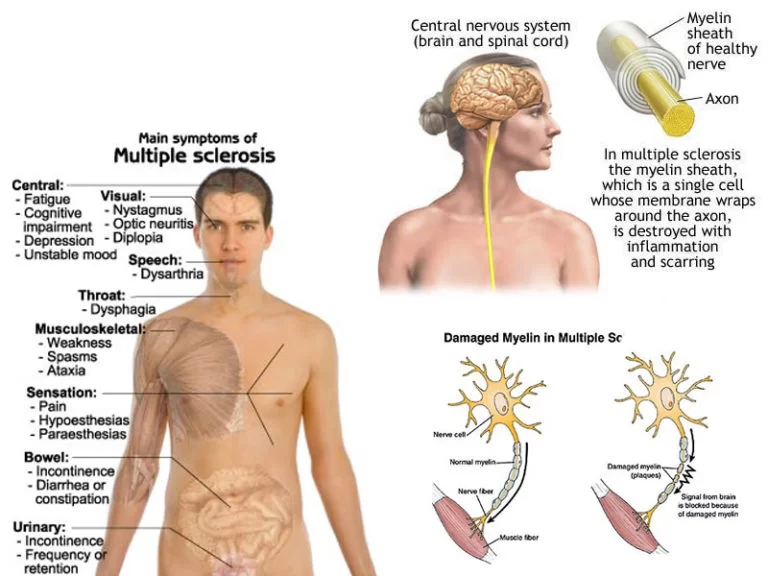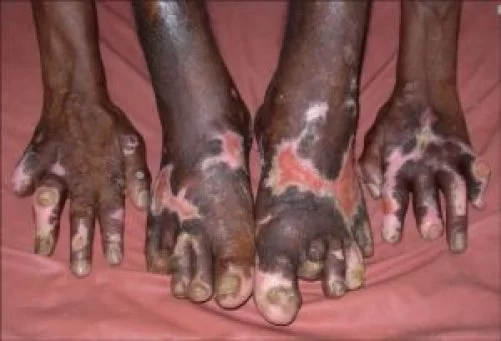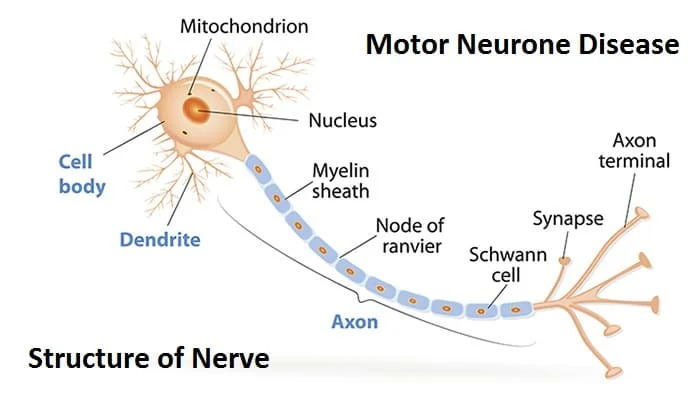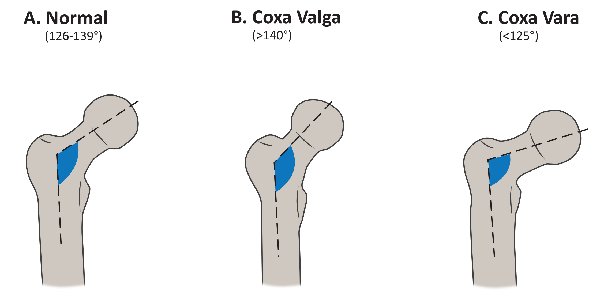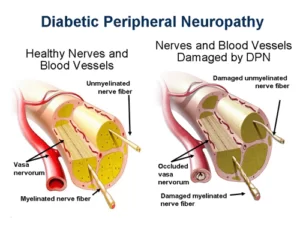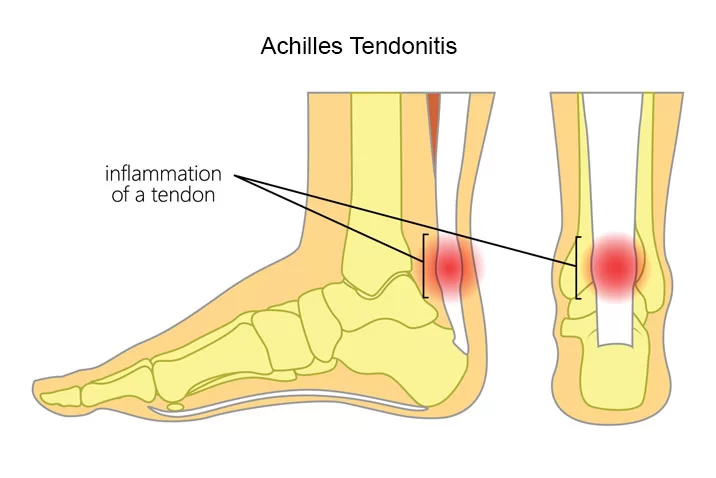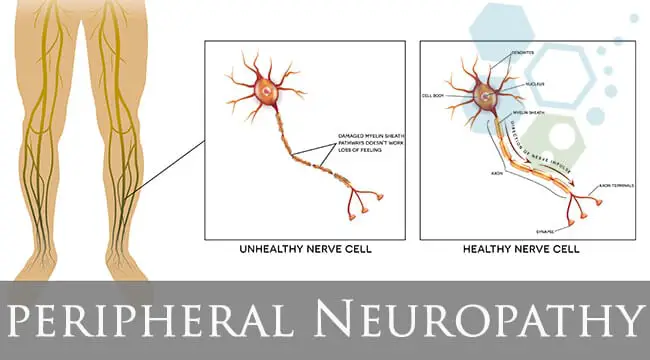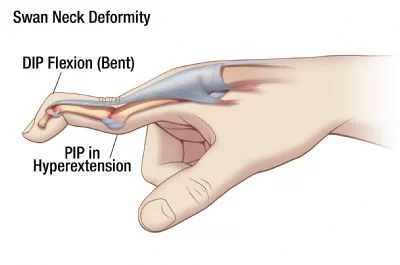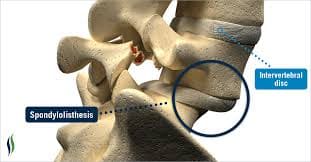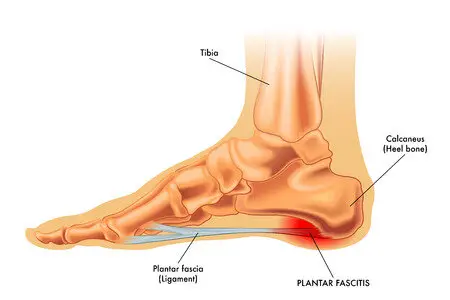Multiple sclerosis (MS): Physiotherapy Treatment
Multiple sclerosis Definition: Multiple sclerosis (MS) is an autoimmune disease characterized by inflammation, selective demyelination, and gliosis. It can cause both acute and chronic symptoms and can result in a significant disability and impaired quality of life.MS affects approximately 400,000 persons in the united states; worldwide MS affects approximately 2.1 million people. It was first…

